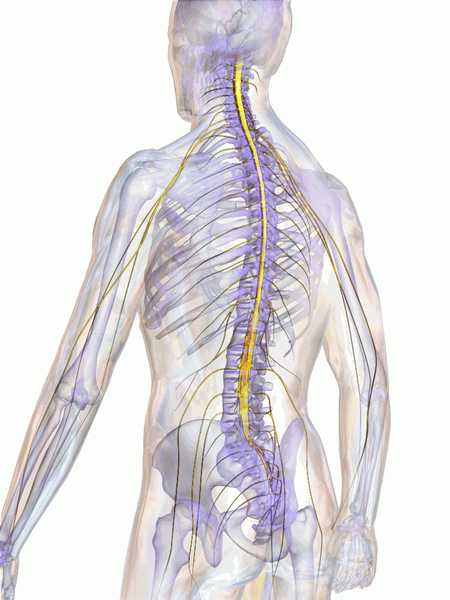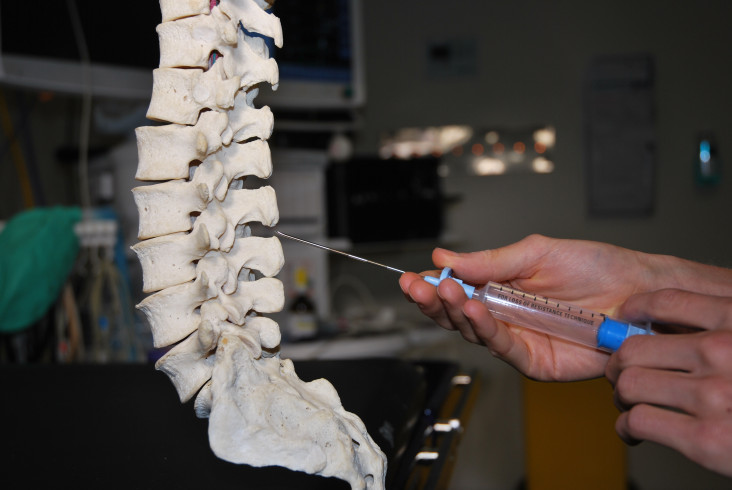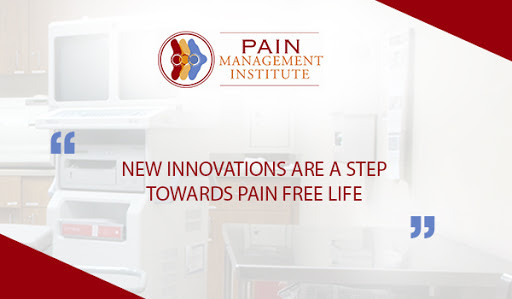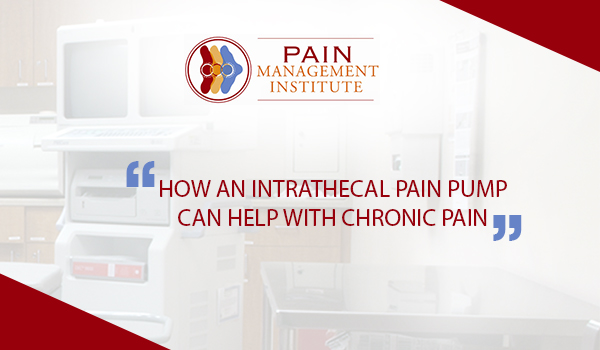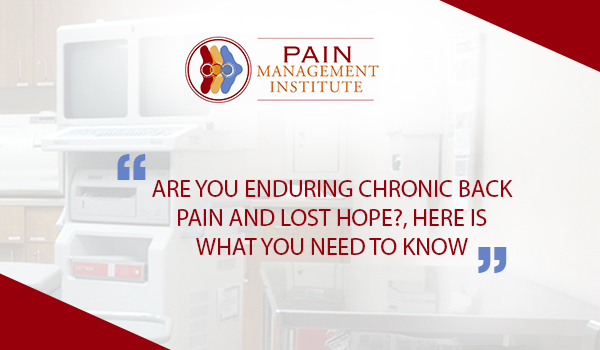An intrathecal pump therapy is a method of giving medication directly to your spinal cord. The therapy uses a small pump that is surgically placed under the skin of your abdomen. The pump will deliver medication through a catheter to the area around your spinal cord. Because the drug is delivered directly to the area which delivers pain signals, your symptoms can be controlled with a much smaller dose than is needed with oral medication and also reduces the side effects of medications.
Who is a candidate for intrathecal pump therapy?
You may be a candidate for intrathecal pump therapy if you meet the following criteria:
- Conservative therapies have failed
- You do not have benefitted from additional surgery
- You are dependent on pain medication
- You do not have psychological problems
- You have no such medical conditions that would keep you from undergoing implantation
- You are not allergic to any of the drugs used in the pump
- You show positive response with a trial dose of medication
An intrathecal pump therapy can help to lessen chronic pain caused by:
- Failed back surgery syndrome; failure of one or more surgeries to control persistent leg pain (sciatica), but not technical failure of the original procedure.
- Cancer pain; persistent pain caused by tumors compressing the spinal nerves, or scarring from previous radiation therapy.
- Reflex sympathetic dystrophy; a progressive and degenerative disease of the nervous system in which patients feel constant chronic burning pain.
- Causalgia; a burning pain which is caused by peripheral nerve injury.
- Arachnoiditis; painful inflammation and scarring of the meninges of the spinal nerves.
- Chronic pancreatitis; chronic abdominal pain caused by inflammation or blockage of the pancreatic duct.
An intrathecal pump therapy can help to lessen muscle rigidity and spasms that make movement of the arms, and legs difficult caused by:
- Cerebral palsy; a nervous disorder which impairs control of body movement.
- Multiple sclerosis; a disorder of the brain and spinal cord caused by damage to the outer layer (myelin) of nerve cells.
- Stroke; brain damage from lack of oxygen; due to an interrupted blood supply.
- Brain injury
- Spinal cord injury
Which medicines are using in intrathecal pump therapy?
The intrathecal pump therapy uses following medicines for pain management;
- Baclofen
- Bupivacaine
- Clonidine
- Morphine
- Ziconotide
These medicines are delivering in this manner that intrathecal pump therapy minimize the side effects which are often associated with the higher doses used in oral or intravenous delivery of these drugs.
Procedure of the surgery
There are two parts of the intrathecal pump therapy procedure first is the placement of the catheter in the intrathecal space surrounding the spinal cord, and second is the placement of the pump/reservoir in the abdomen. There are five main steps of the procedure. The operation usually takes 3 to 4 hours.
- Preparing the patient for the procedure
- Catheter placement in the intrathecal space
- Tunneling of the extension
- Placement of the pump
- Close the incisions
What to do after intrathecal pump therapy?
- Take pain killers as directed by your doctor.
- Ice your incision 3 to 4 times a day to reduce pain and swelling.
- Do not lift heavy things for 2 weeks.
- Do not drink alcohol for 2 weeks.
- No strenuous activities for 2 weeks.
- Avoid sitting for too long.

